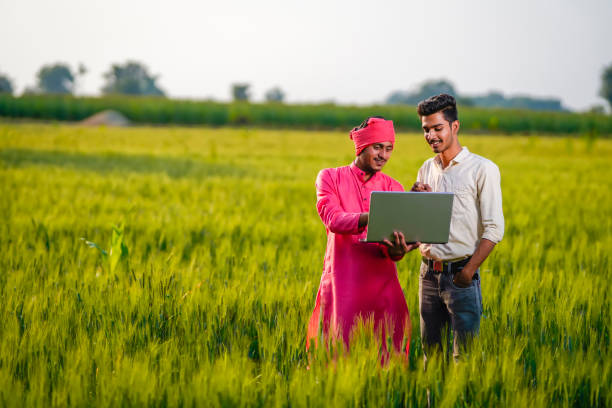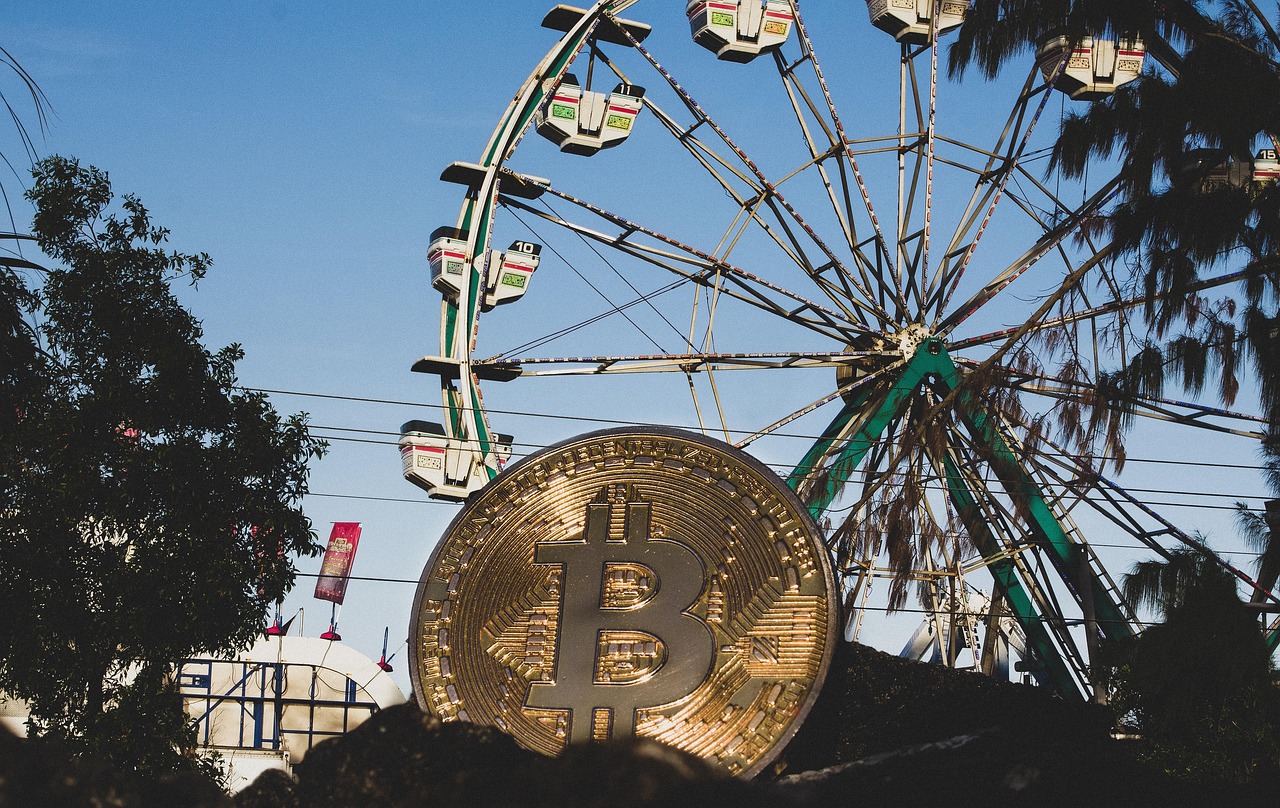Digital Twins in Rural Agriculture: A New Farming Revolution
When I first heard the word “Digital Twin,” I thought it was like having a robot twin or a video game character. But later I found out it’s actually a virtual copy of something real. It can be a building, a car, or even a farm. Sounds cool, right?
Now imagine if farmers in villages could have a digital copy of their fields. They could test everything on the computer first, and then decide what to do in real life. That’s what makes this idea so amazing.
What is a Digital Twin in Farming?
A digital twin in farming is like a mirror of your land on a computer or phone. It shows the soil, the crops, the water level, and even the weather.
Let’s say a farmer wants to grow rice. Instead of just guessing, he can check his digital farm. The model will say, “Hey, the soil is too dry for rice this year. Maybe try maize instead.” This saves time, money, and effort.
So, it’s like a farmer having a smart friend who always gives advice.
Also raed:Cloud Computing Made Simple: For Teens Like Me
Why Do Farmers Need This?
Farming in villages is not easy. There are many problems:
-
Weather keeps changing – sometimes it rains too much, sometimes not at all.
-
Water is limited – many farmers don’t have enough water to waste.
-
One wrong step – using too much fertilizer or planting the wrong seed can ruin the whole season.
That’s why farmers need tools like Digital Twins. It helps them know the best way before they actually do it.

How It Can Work
Here’s how it can look in real life:
-
Farmers put sensors in the soil to check water and nutrients.
-
The data goes to the digital farm on their phone.
-
The digital twin shows which crop will grow better.
-
It also tells how much water and fertilizer to use.
It’s almost like a video game, but the results are real.
A Simple Story
Think about a farmer named Ramesh. Every year he plants rice because that’s what his father did. But recently, the rains are late, and his harvest is poor.
Now Ramesh tries a digital twin. The system tells him:
-
“Your soil is better for maize this year.”
-
“Water the field only twice a week, not every day.”
He follows the advice. At the end of the season, Ramesh is surprised. His crop is better, he saves water, and he spends less money.
If more farmers like Ramesh use this, it can change farming forever.

Benefits for Everyone
Digital Twins don’t just help one farmer. They can help the whole community.
-
More food: If farmers make better choices, there will be more food for everyone.
-
Less waste: No extra water or fertilizer wasted.
-
More income: Farmers save money and earn more.
-
Healthy land: Soil stays rich and good for future crops.
But There Are Problems Too
Of course, it’s not all easy.
-
Many farmers can’t afford sensors and phones.
-
Some don’t know how to use apps.
-
Internet in villages is not always good.
-
And some people may not trust machines.
But we can fix these problems if the government and companies support farmers. Just like mobiles became cheap one day, this can also become affordable.
Also Raed: Cloud Computing Explained: Types, Examples, and Benefits
The Future of Farming
Big companies already use Digital Twins for airplanes and factories. If it works there, it can also work on small farms.
I think the future will be like this:
-
Every farmer will have a digital copy of their land on their phone.
-
They will test crops virtually before planting.
-
They will save water and money.
-
And farming will become smarter, not harder.
Conclusion
Digital Twins sound like a big word, but in simple terms, it’s just a virtual helper for farmers. It can guide them, reduce mistakes, and make farming better.
For rural agriculture, this can be a game-changer. Imagine every farmer having not only a plough in his hand but also a digital twin in his pocket. That’s the new farming revolution
FAQs
Digital Twins in Rural Agriculture: A New Farming Revolution
This is about how digital twin technology can bring a big change in village farming. Farmers can create a digital copy of their fields and test ideas before using them in real life.
2. Digital Twins in Agriculture: Orchestration and Applications
“Orchestration” means managing and combining technologies. This explains how digital twins can be applied in different ways in farming — like saving water, reducing fertilizer use, and checking crop health.
3. Digital Twin in Agriculture
A basic topic that talks about how digital twin technology can be used in agriculture and why it is important.
4. Digital Twins in Agriculture: A State-of-the-Art Review
A review paper. This means it summarizes all the research and projects already done in agriculture using digital twins.
5. Digital Twins in Smart Farming
Smart farming means using modern tech like drones, IoT, and sensors in farming. Digital twins make smart farming even more accurate and efficient.
6. An Agricultural Digital Twin for Mandarins Demonstrates the Potential for Individualized Agriculture
This study shows how a digital twin was built for mandarin fruit farming. It proved that every crop can be treated differently (personalized farming).
7. Enhancing Smart Agriculture by Implementing Digital Twins: A Comprehensive Review
Another review paper. It explains in detail how digital twins can improve smart agriculture and the many ways they can be applied.
8. A 3D Functional Plant Modelling Framework for Agriculture
This is about creating 3D digital models of plants. With this, farmers can see how plants will react to sunlight, water, or fertilizer. It helps in predicting growth and yield.




